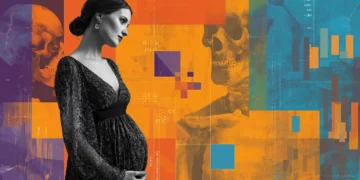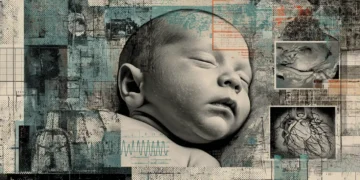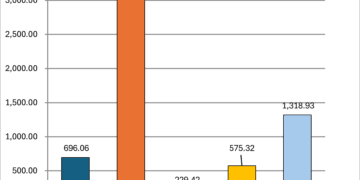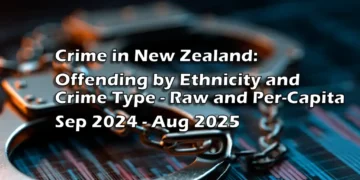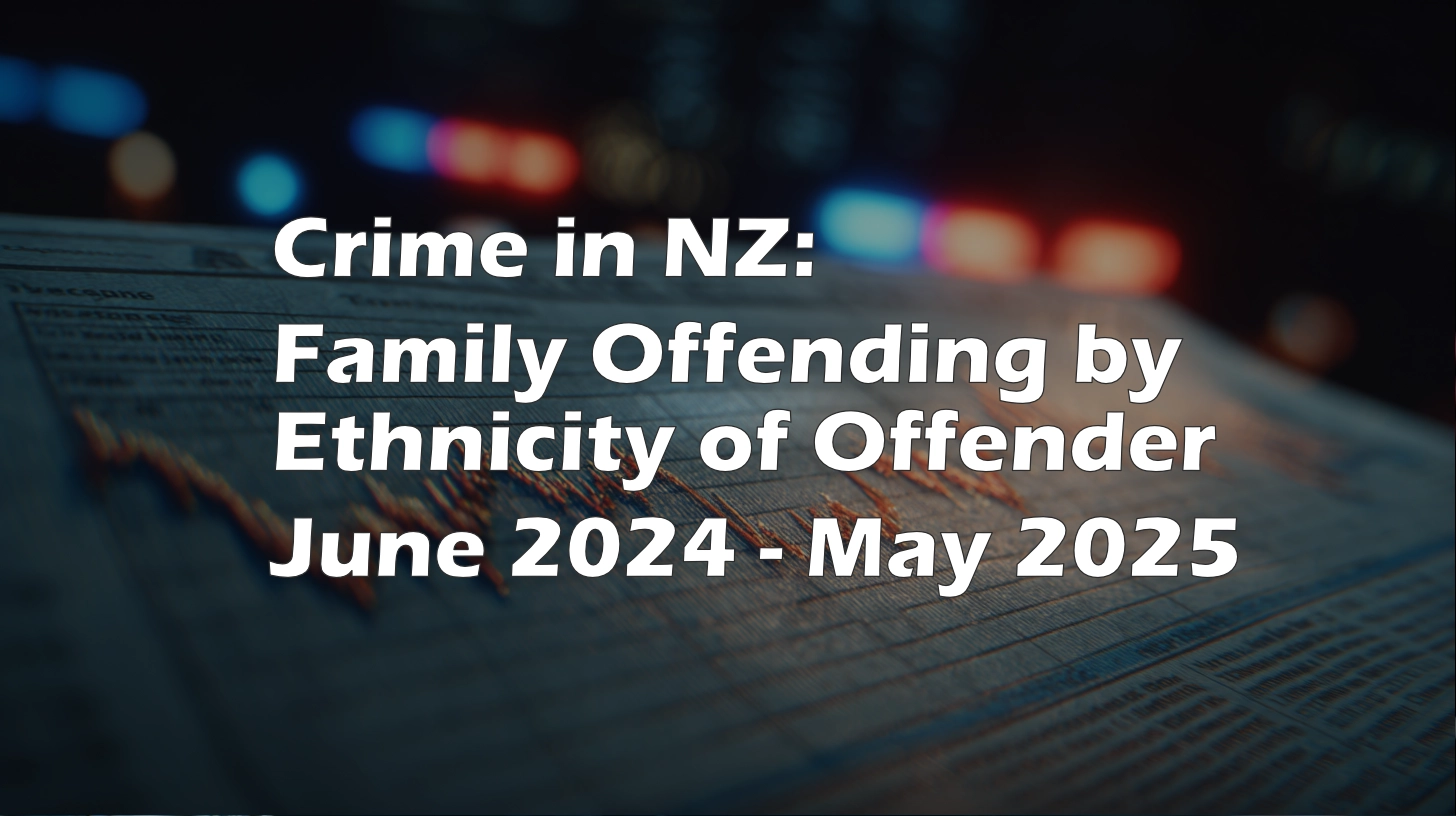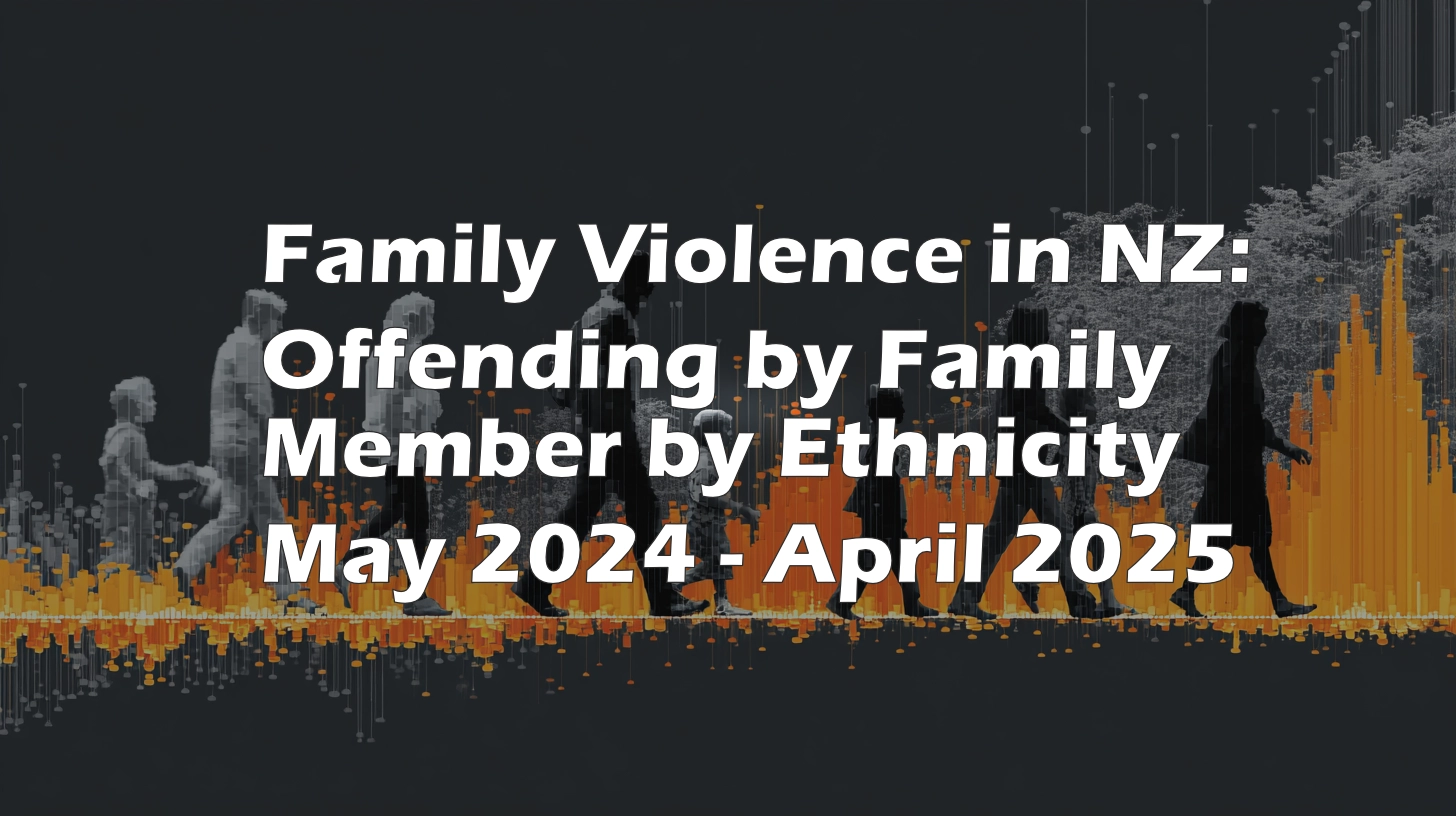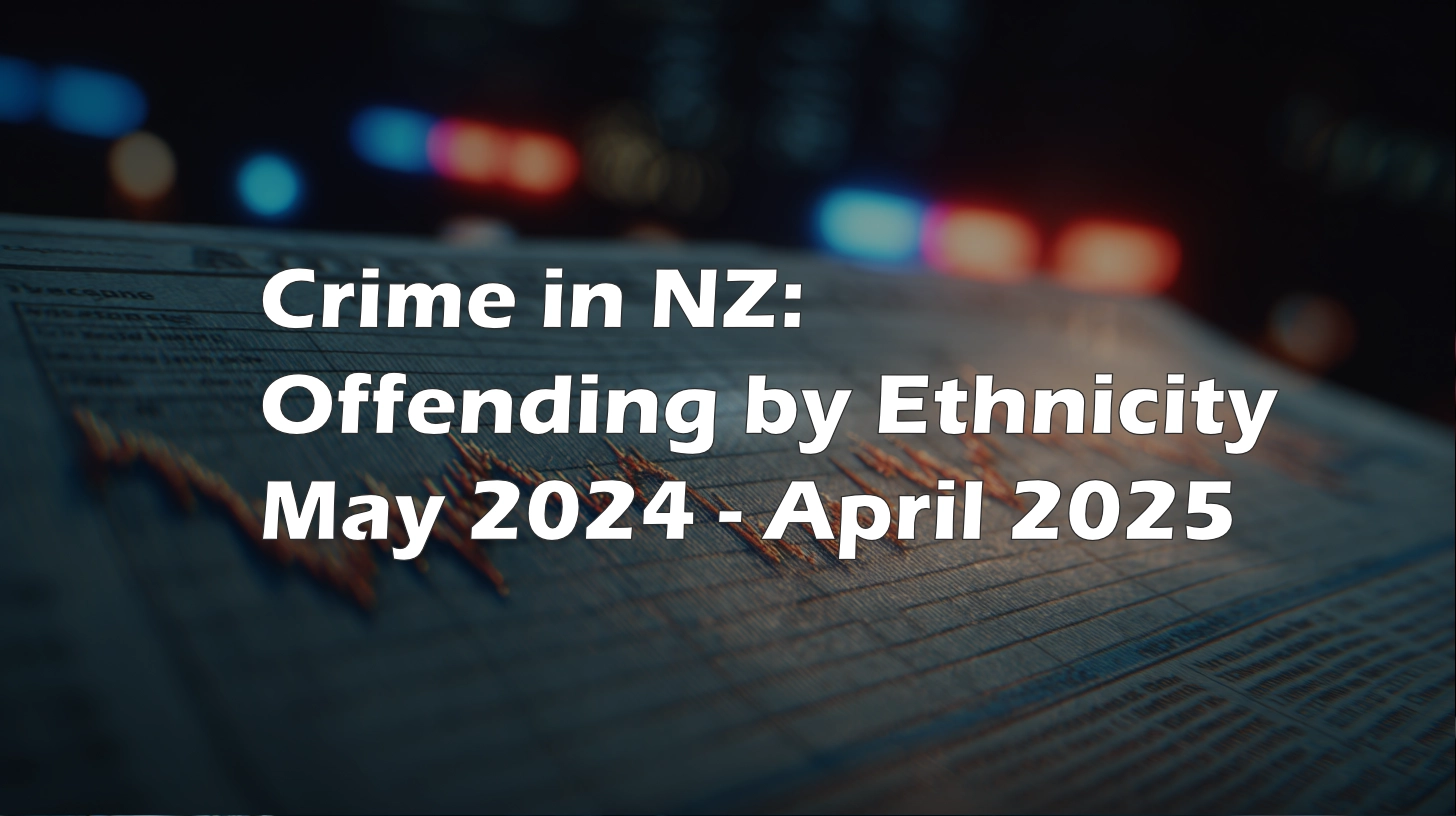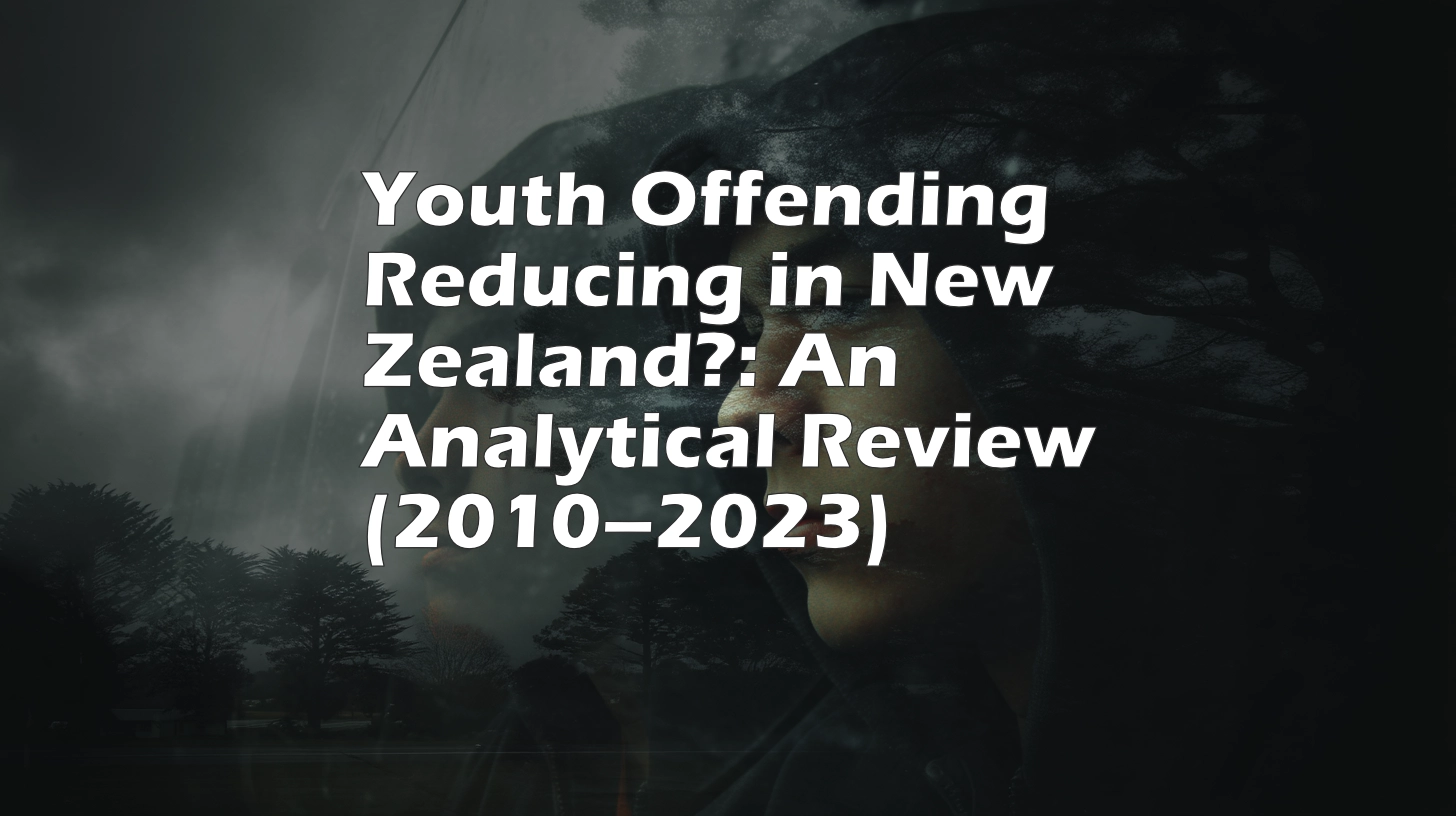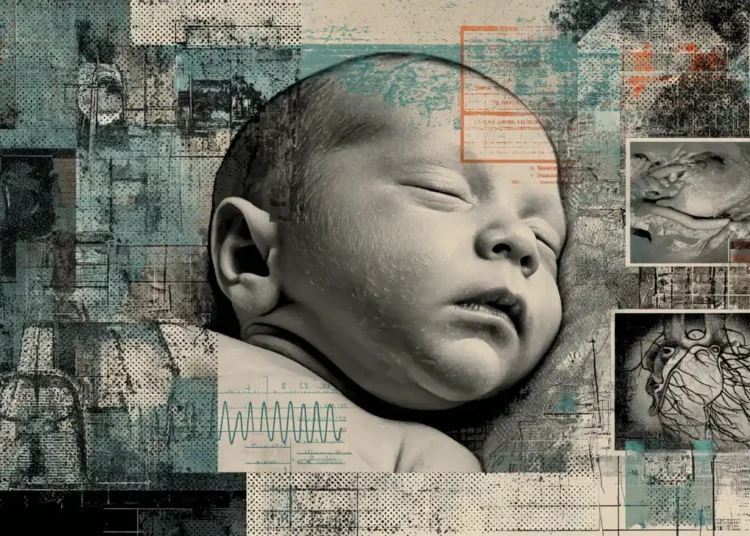Overview
An analysis of cause-of-death data from 2013 to 2022, using the Ministry of Health’s ICD-10 coded mortality dataset (Chapter 2: Neoplasms), reveals a stable but very small number of cancer deaths among New Zealand children aged 0–4. Special emphasis is placed on infants under one year of age (age group “0”), where a coding anomaly appears in 2022.
Key Findings
Cancer Mortality Counts
| Year | Age 0 Deaths | Age 00–04 Deaths | % of 00–04 that were Age 0 |
|---|---|---|---|
| 2013 | 5 | 11 | 45.5% |
| 2014 | 3 | 9 | 33.3% |
| 2015 | 5 | 12 | 41.7% |
| 2016 | 2 | 7 | 28.6% |
| 2017 | 1 | 8 | 12.5% |
| 2018 | 3 | 9 | 33.3% |
| 2019 | 3 | 7 | 42.9% |
| 2020 | 2 | 8 | 25.0% |
| 2021 | 2 | 14 | 14.3% |
| 2022 | 3 | 8 | 37.5% |
Corrected Observations
Absolute numbers of cancer deaths are very small (single digits per year), unlike the much larger figures in the earlier draft.
The proportion of infant deaths within the 0–4 group fluctuates year to year but generally sits between 25–45%.
In 2022, infants represented 37.5% of all 0–4 cancer deaths (3 of 8). While elevated relative to 2021 (14.3%), it is not a record high across the decade (45.5% was recorded in 2013).
Subgroup Trends
A closer look at cancer subgroups shows:
Infants (Age 0, 2013–2022):
Digestive organ cancers (C15–C26) appeared for the first time in 2022 (1 case).
Thyroid/endocrine cancers (C73–C75) occurred in 2018 (1 case) and 2019 (2 cases), but were absent in 2020–2022.
Brain/CNS cancers (C69–C72) were present intermittently in earlier years but not in 2022.
The 2022 total of 3 infant cancer deaths consisted of:
1 digestive organ cancer,
1 benign neoplasm,
1 neoplasm of uncertain/unknown behavior.
Children (Ages 1–4, 2022):
5 cancer deaths recorded.
These included 3 brain/CNS cancers, 1 urinary tract cancer, and 1 thyroid cancer.
Notably, thyroid cancers remained present in 2022 for ages 1–4, while disappearing only for infants.
Interpretation of Subgroup Anomaly
The dataset confirms a substitution-like anomaly in infants:
Digestive cancers appear for the first time in 2022.
Thyroid cancers vanish, while remaining present in ages 1–4.
This suggests a pattern that is specific to infants rather than a coding change applied across the full 0–4 age band.
Expanded Context
Infant cancer mortality is extremely rare in New Zealand, typically 2–5 cases per year.
The dataset does not support claims of dozens of infant cancer deaths per year.
Broader ICD analysis (beyond cancer) shows larger increases post-2020 in categories such as perinatal conditions (Chapter 16) and ill-defined conditions (Chapter 18), which may warrant separate review.
Next Steps
- Analyze whether this pattern persists into 2023 once data becomes available.
- Conduct normalization by birth cohort size to determine if the mortality rate per 1,000 births also increased.
- Examine ICD subgroup breakdowns for cancer types contributing to the infant death spike.
- Further investigate causes behind the rise in deaths recorded under Chapter 18 and Chapter 22.
- Consider whether internal MoH or DHB coding guidance may have shifted classification practices mid-decade.
Data Source: Ministry of Health NZ, ICD-10 Chapter 2 and full-cause mortality data (2013–2022).
Were More Babies Born?
To test whether these increases might simply reflect a growing infant population, we examined annual average birth cohort sizes (proxied by age 0 population):
| Year | Average Age 0 Population |
| 2013 | 59,858 |
| 2014 | 58,370 ⬇️ |
| 2015 | 59,018 |
| 2016 | 59,718 |
| 2017 | 59,958 |
| 2018 | 59,408 |
| 2019 | 59,808 |
| 2020 | 59,238 |
| 2021 | 61,060 ⬆️ |
| 2022 | 59,855 |
The 2021 birth cohort was modestly larger than surrounding years, but not enough to explain the sharp post-2020 increases in infant deaths. 2020 and 2022 were typical and align with pre-pandemic norms.





